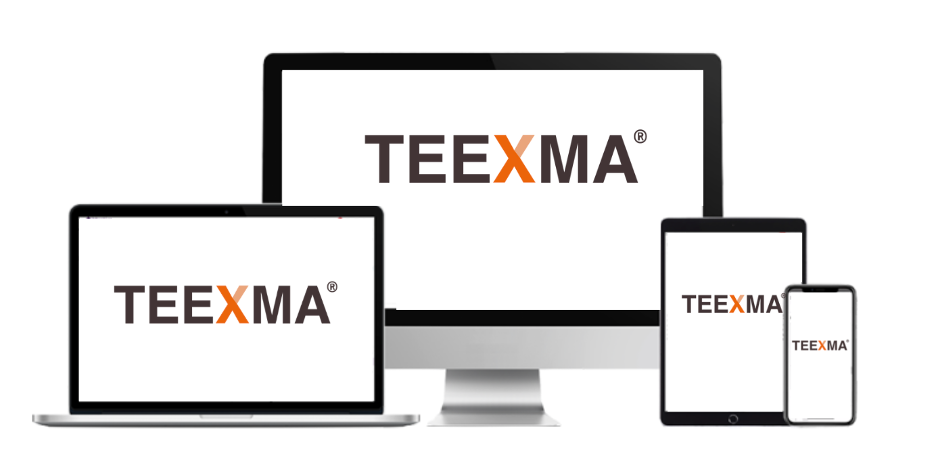What’s Next for ELN?
Market status and trends of ELN
There are currently nearly 90 ELN suppliers worldwide, targeting diversified needs such as pharmaceutical research and development, materials science, and formulation, with highly differentiated products. Market selection is often influenced by the following factors: Deployment mode: local deployment, cloud hosting and SaaS are the mainstream, and SaaS is rapidly becoming popular. Scientific mode: some ELNs focus on chemical or biological research and development, and some support multidisciplinary functions. Business needs: R&D laboratories usually require chemical/biological registration and DOE modules, and quality control requires batch records, stability monitoring and other functions.
Regulatory and integration requirements: Compliance requirements and integration with ERP, CRM and other systems also determine the selection.

Future development and innovation
In the future, ELN will accelerate its development towards a composable platform, strengthen deep integration with LIMS, SDMS, CDS, etc., and support corporate citizen developers and customized workflows with AI, low-code platforms and APIs. Emerging technologies such as AI/ML, generative AI, and Agentic AI will drive ELN from an information recording tool to an intelligent data asset management platform, helping scientific research innovation and business decision-making. The integration of the ELN market is also continuing.
Large suppliers expand the market through acquisitions and brand reshaping, and the boundaries between suppliers in the laboratory and non-laboratory fields are becoming increasingly blurred. Suppliers integrate ELN with molecular modeling, AI/ML platforms and business systems (such as MES, PLM, QMS) to support flexible integration and cross-domain functions. This trend promotes ELN to become a key bridge connecting scientific research, production and quality.

Evaluation and selection considerations
When choosing ELN, it is necessary to combine the future digital laboratory strategy and focus on the platform's composability, AI/ML capabilities and integration to ensure that it can flexibly respond to rapid changes in scientific research, compliance and business. Comprehensively evaluating the supplier's functions, integration depth and technical differentiation capabilities (such as low-code, generative AI) is the key to help laboratories find the most suitable solution in a complex market.
TEEXMA was selected by Gartner as one of the best electronic laboratory notebooks (ELN), reflecting its leading position in technical capabilities and application flexibility. TEEXMA has a highly composable platform architecture that supports deep integration with LIMS, SDMS, CDS, ERP, MES and other systems. At the same time, it has low-code development capabilities and AI/ML support, which can quickly adapt to diverse scientific research and quality management processes. Its excellent compliance, data traceability and cross-departmental collaboration capabilities make it a preferred solution for building intelligent digital laboratories.
Enterprises that adopt TEEXMA can significantly improve R&D efficiency, optimize data management processes, and accelerate the transformation from experiments to products.
